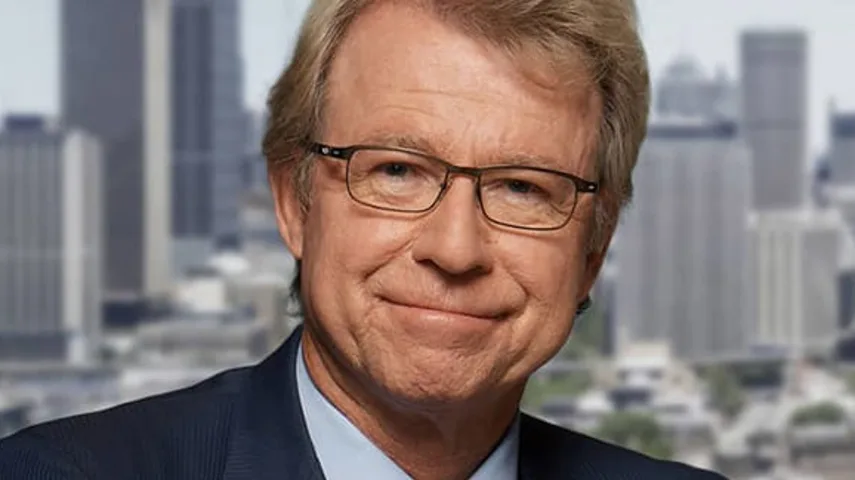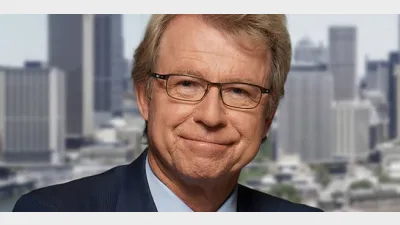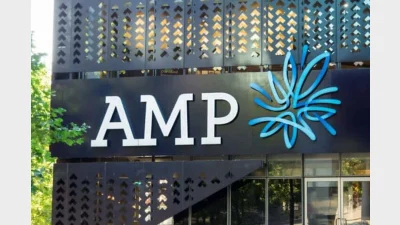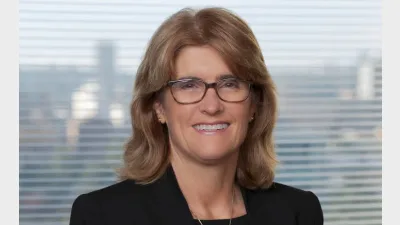RBA’s February decision: Economic necessity or political play?



Where the RBA goes next is anyone’s guess, with economists and market pundits offering wildly different takes on the governor’s tone during the press conference and whether politics played a role in the decision.
Before Tuesday’s Reserve Bank announcement, the market was betting on three rate cuts for 2025. But since then, it’s adjusted its outlook, now predicting an extra cut in July and no further easing until February next year.
The consensus among economists and fund managers seems to be two more cuts this year, though some are so dovish they’re predicting a total of four cuts in 2025 – including the Commonwealth Bank, which is known for reading Michele Bullock’s words through a particularly generous lens.
“Our central scenario case looks for one 25 bp rate decrease in each quarter over 2025 for an end year cash rate of 3.35 per cent,” said Gareth Aird, head of Australian economics at the CBA, in a statement that directly contradicted Bullock’s more cautious remark that such a forecast is “far too confident”.
Deutsche Bank’s Phil O’Donaghoe had a near identical interpretation to Aird and, despite acknowledging the hawkishness of Bullock’s comments said, “We still expect follow up cuts of 25 bps each in May, August and November for an end year cash rate of 3.35 per cent.”
“Our base case calls for more cuts than the market is pricing, even as the RBA governor suggested today that the market is currently pricing in too much of a reduction in rates,” O’Donaghoe said.
“In other words, our base case is at odds with the ‘message’ delivered from the RBA today.”
The economist’s predictions are based on the expectation that the RBA’s updated forecasts for trimmed mean inflation in the coming quarters will ultimately turn out to be too conservative.
“Specifically, in the November 2024 Statement on Monetary Policy, the RBA’s point forecasts for trimmed mean inflation were 0.8 per cent qoq for Q1-25 and 0.7 per cent qoq in Q2-25. These forecasts remain exactly the same in the February Statement on Monetary Policy released today,” he said.
But the future direction of monetary policy isn’t the only area where market pundits and economists are divided. Namely the nature of Tuesday’s cut and Bullock’s choice of words and tone during the press conference have been interpreted by some as signalling a politically motivated move, rather than one rooted in economic data.
In his interpretation of Bullock’s message, AMP’s Shane Oliver told Super Review sister brand InvestorDaily that despite Bullock’s comments to the contrary, politics likely played a role on Tuesday.
By cutting rates in February, the RBA has essentially dodged the political controversy of lowering rates in an election campaign or just before one, he said.
Moreover, he said: “It will avoid perceptions that the government stacked the new interest rate setting board, that will take over from the next meeting, to drive an April cut and so minimise the RBA being politicised.”
The politicisation of the RBA has been a hot topic for some time, with the passage of the legislation introducing a two-board system further fuelling concerns last year.
The Coalition was unanimously opposed to the reform, while several economists, Oliver included, questioned its viability. Nevertheless, Labor, with support from the Greens, got its way, and the two-board system will officially begin next month.
Given this backdrop, the prevailing view had been that implementing the first rate cut in April would have been politically unwise for both the RBA and Labor, especially with the election looming. On the other hand, waiting until May for the political dust to settle carried the risk of it being too late.
Given this, February became the safer bet.
“To be clear of all of that, it seemed to me to make sense to get the cutting out of the way in February,” the chief economist said. “I’m sure it [politics] has some impact, although the RBA would never tell us.”
Now that the RBA has cut, Oliver said: “There is no urgency to move into another one in April.”
April remains off-limits for most of Oliver’s peers, with even the most dovish predicting that, if not for economic reasons, then at least due to the election campaign.
However, there’s always one economist who breaks away from the pack and this month it’s Greg Jericho, chief economist at The Australia Institute, who on Tuesday said that “to suggest there should be no cut in April because it would appear political is absurd”.
“Treasurer Jim Chalmers constantly reminds us the Reserve Bank is independent of government,” Jericho said.
“A rate cut in April would have nothing to do with politics. In fact, it would be political not to cut just because we are in an election campaign.”
Oliver disagreed, saying that unless there’s an economic shock, there’s no strong case for a rate cut in April, emphasising that it’s an economic, not political, decision and it’s better to wait.
Although there has been no official word on when an election will be called, predictions suggest that 12 April is looking like the most likely date for the vote. The RBA is set to make its next rate announcement on 1 April and given the prevailing narrative and the historic nature of the upcoming board shake-up, this may be the most closely watched RBA announcement in recent history.
Recommended for you
Advice licensee Centrepoint Alliance has entered an agreement to acquire the comprehensive financial advice book of the super fund’s subsidiary firm.
A coalition of industry groups including the SMSF Association is demanding the government and the opposition “immediately and unequivocally rule out any move to tax unrealised investment gains in any part of the tax system”.
AMP’s new chair has used his inaugural AGM address to call for policy reform on the “decumulation” phase of superannuation and position AMP as a key player in addressing the challenge.
Reserve Bank governor Michele Bullock has quashed hopes of an out-of-schedule rate cut, telling an event in Sydney that it remains too early to determine the trajectory of interest rates as the RBA grapples with growing global economic volatility.












